Japan's first osmotic power plant, which generates electricity from the difference in salt concentration between seawater and freshwater, officially went into operation earlier this month in Fukuoka Prefecture, southwestern Japan.
This is the second factory in the world to apply osmotic power generation technology, after a Danish company put it into operation in 2023.
The Fukuoka Prefectural Waterworks Authority, which operates the plant, said osmotic power is "a new generation renewable energy source that is not affected by weather or time and does not emit carbon dioxide."
Electro-osmotic energy, also known as salinity gradient energy, is generated through the process of osmosis.
In this process, concentrated seawater - a byproduct of freshwater extraction - is separated from treated water from a wastewater treatment facility using a permeable membrane. The membrane allows only water molecules to pass through, blocking out other impurities.
The pressure created by the movement of water from the freshwater tank to the saltwater tank turns a turbine. This turbine then drives a generator to produce electricity.
The Fukuoka osmotic power plant is expected to produce about 880,000 kilowatt-hours (kWh) of electricity per year. This electricity will be used to operate a desalination plant, providing fresh water to Fukuoka City and surrounding areas.
Emeritus Professor Akihiko Tanioka, an expert on osmotic energy at the Tokyo Institute of Science , hopes that osmotic power generation technology will be widely applied in Japan and around the world./.
Source: https://www.vietnamplus.vn/nha-may-dien-tham-thau-tien-cua-nhat-ban-di-vao-hoat-dong-post1056271.vnp


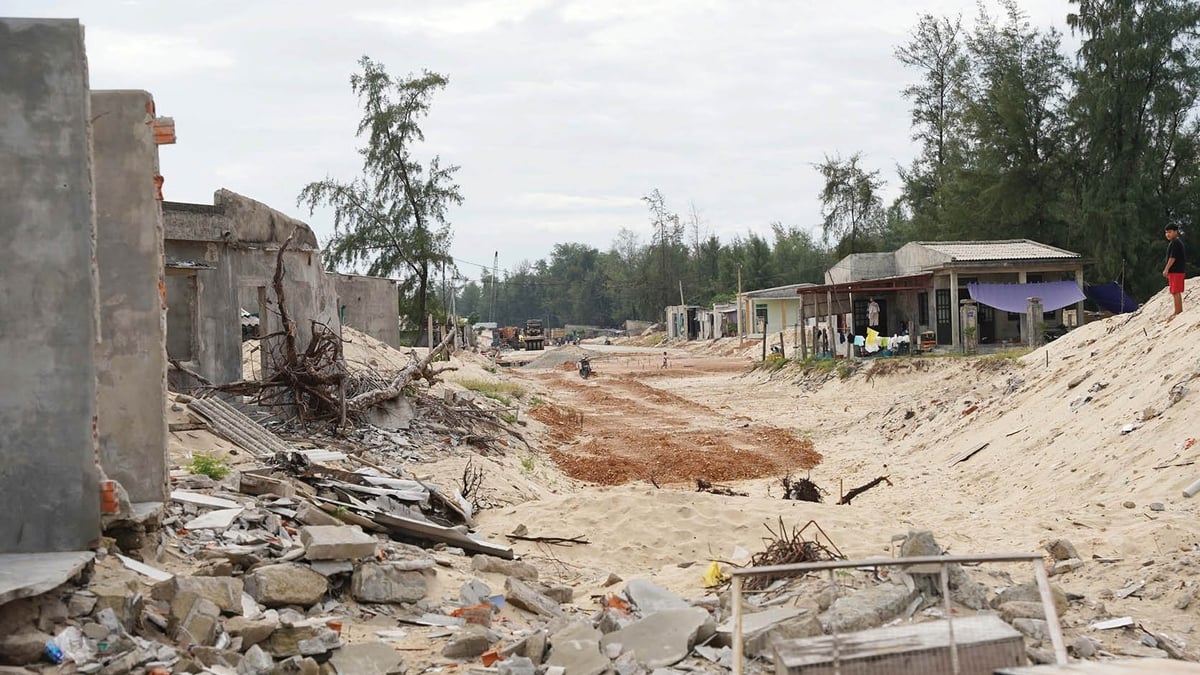

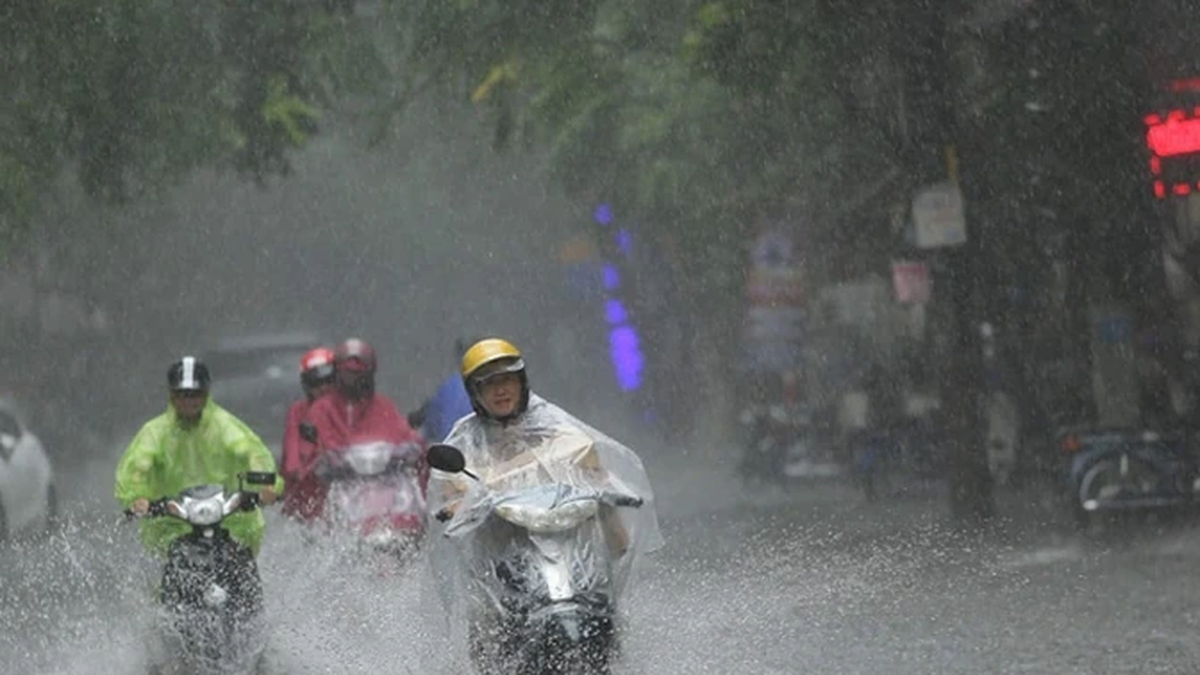
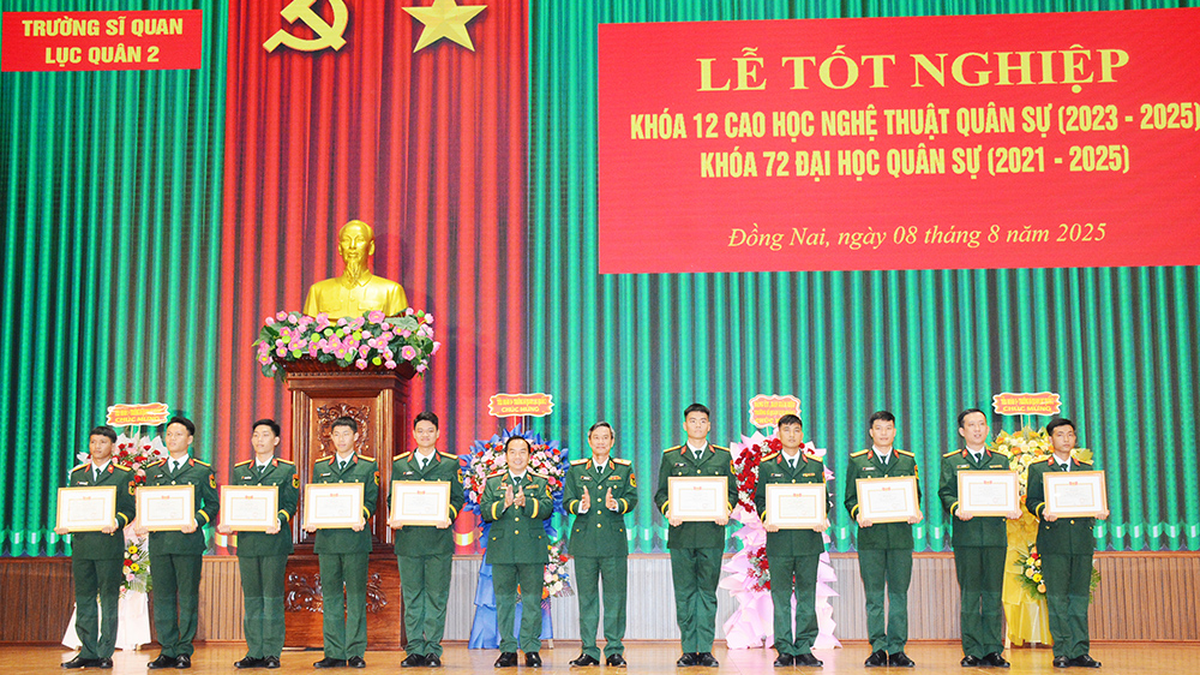




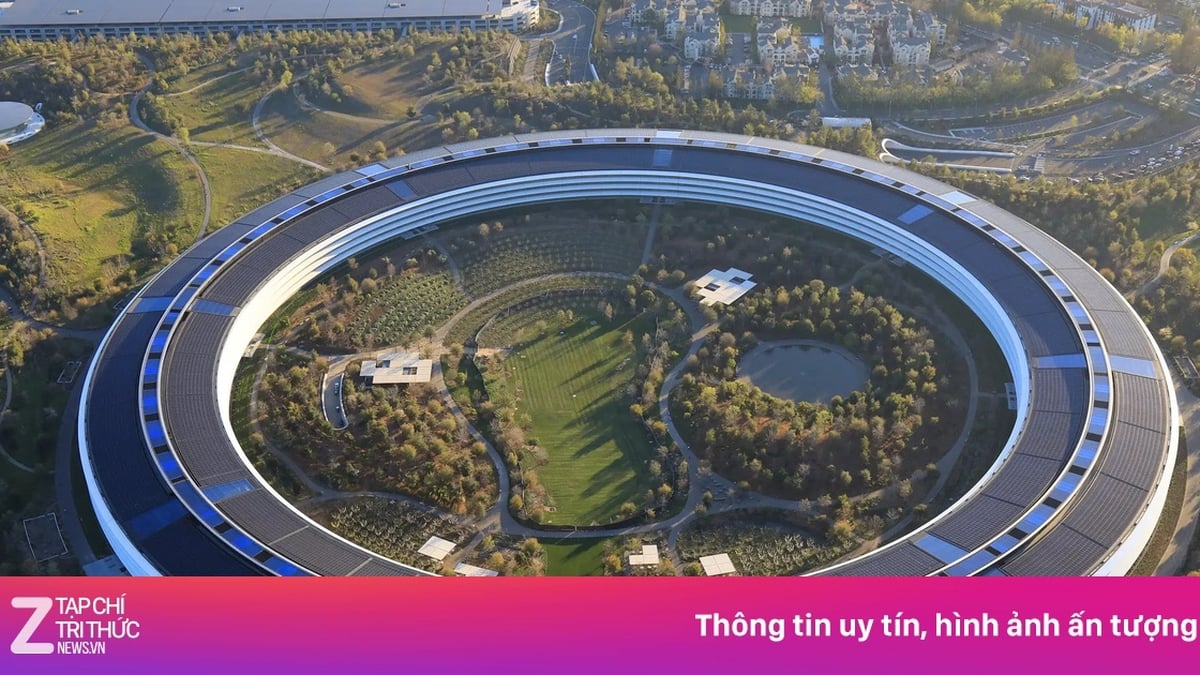
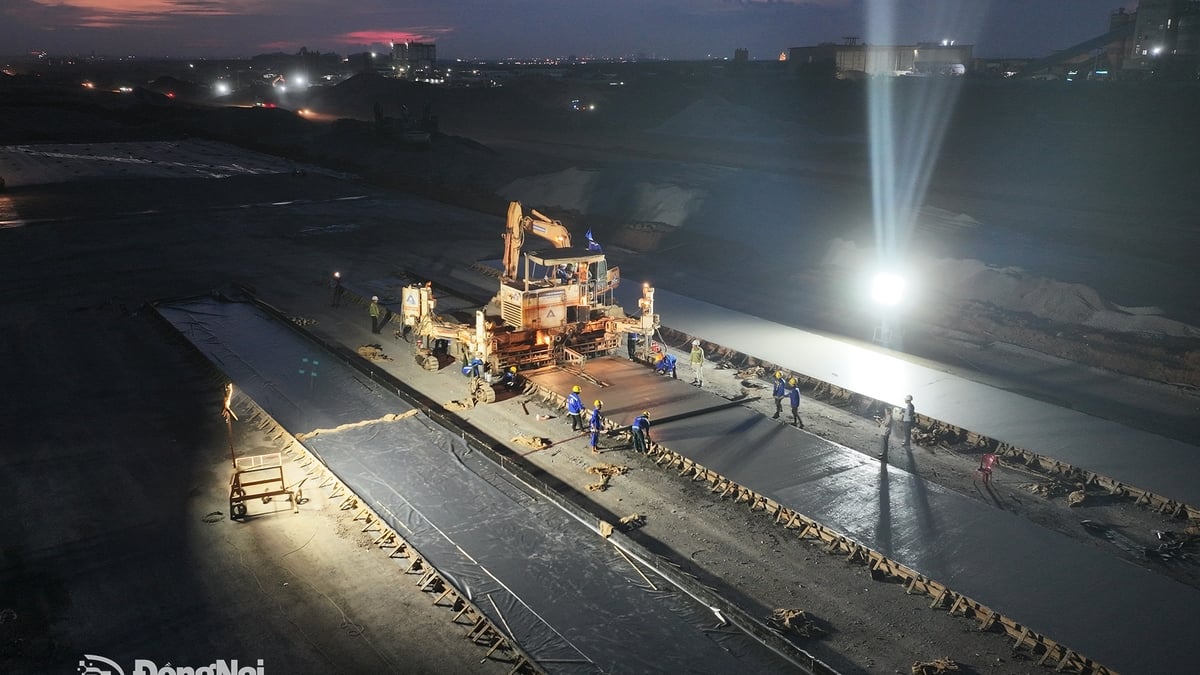




















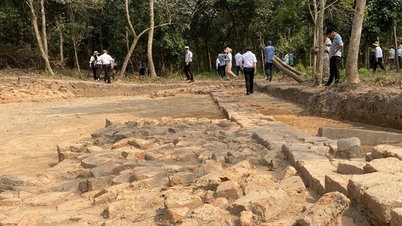

















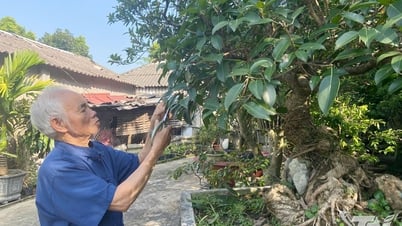






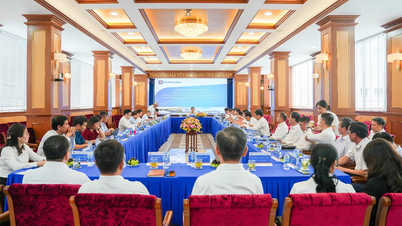





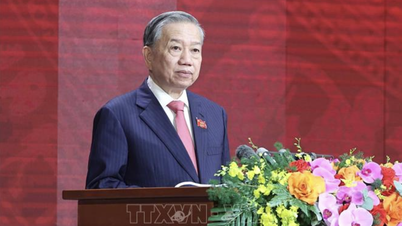



![[Photo] Party and State leaders visit President Ho Chi Minh's Mausoleum and offer incense to commemorate Heroes and Martyrs](https://vphoto.vietnam.vn/thumb/402x226/vietnam/resource/IMAGE/2025/8/17/ca4f4b61522f4945b3715b12ee1ac46c)


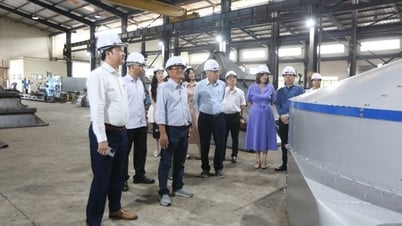



























Comment (0)